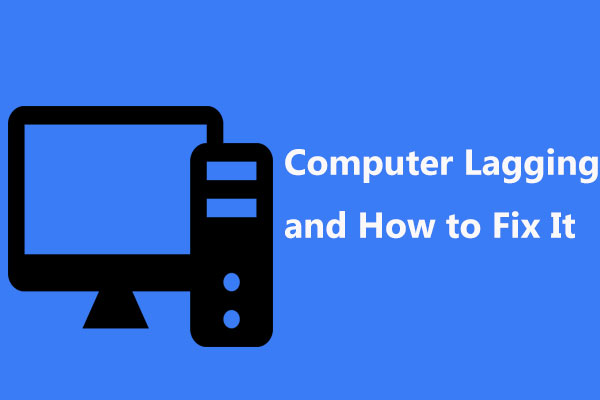
- #Task manager internet shows spikes how to#
- #Task manager internet shows spikes full#
- #Task manager internet shows spikes windows#
If you want to get back to the simple view, click “Fewer Details.” The Task Manager will remember your preference and will open to the more advanced view in the future. You’ll see the full, tabbed interface appear. To see the Task Manager’s more advanced tools, click “More Details” at the bottom of the simple view window.
#Task manager internet shows spikes full#
To see the system tray icon without the Task Manager appearing on your taskbar, click Options > Hide When Minimized in the full Task Manager interface and minimize the Task Manager window. It’s an easy way to keep tabs on your computer’s CPU usage. This shows you how much CPU ( central processing unit) resources are currently in use on your system, and you can mouse over it to see memory, disk, and network usage. While the Task Manager is open, you’ll see a Task Manager icon in your notification area. Here you can tweak compatibility options and see the program’s version number, for example.
#Task manager internet shows spikes windows#

Run New Task: Open the Create New Task window, where you can specify a program, folder, document, or website address and Windows will open it.This works the same as the “End Task” button. This is useful if you’re not sure which window is associated with which application. Switch To: Switch to the application’s window, bringing it to the front of your desktop and putting it in focus.Likewise, if you want to see which tabs are using the most CPU power, click the “CPU” column header.You can also right-click an application in this window to access more options: Process ID: This shows the process ID of the tab or process, which is mostly useful for in-depth developer troubleshooting.Īt any time, you can click the “Memory,” “CPU,” or “Network” column header, Task Manager will sort the tabs and processes by resource usage.įor example, if you’d like to figure out which tab is using the most memory, click the “Memory” column header, and the most memory-intensive tabs will move to the top of the list.Tabs with open sites that stream media like video or music will use more. Network: This shows the amount of network bandwidth in use by the tab or process in bytes or kilobytes per second.CPU: This shows what percentage of your total CPU capacity (processing power) a tab or process is using.Memory: This shows how much system memory a tab or process is using in kilobytes.Data for each one is divided into four columns. When the Browser Task Manager window opens, you’ll see a list of all tabs, processes, and extensions running in the browser.

In the menu that pops up, select “More tools,” then “Browser task manager.”
#Task manager internet shows spikes how to#
Here’s how to use it.įirst, open “Microsoft Edge.” Click the ellipses button (three dots) in the upper-right corner of any Edge browser window. If you’re experiencing slow performance while browsing the web with Microsoft Edge, you can use Edge’s built-in Browser Task Manager to identify which sites or extensions might be bogging down your system with heavy resource usage.


 0 kommentar(er)
0 kommentar(er)
